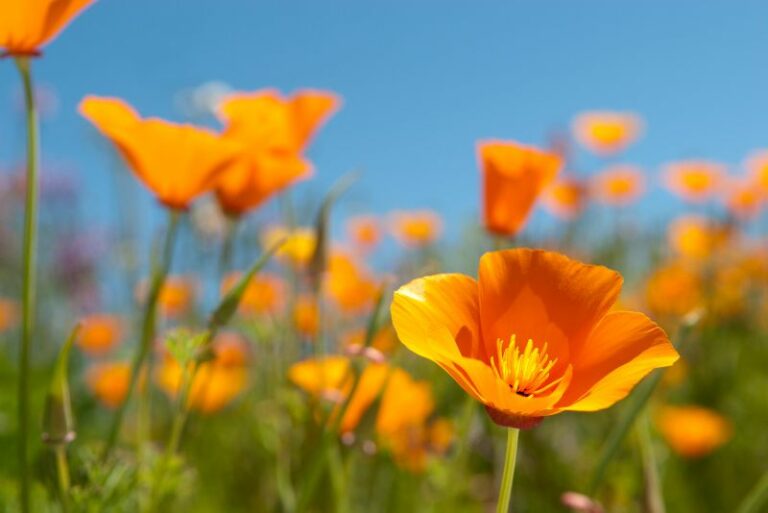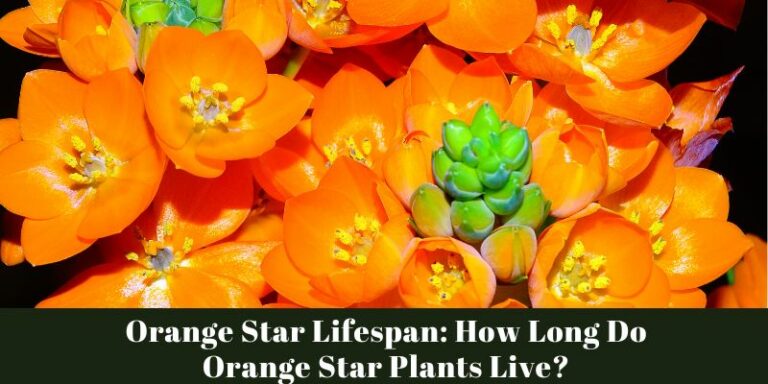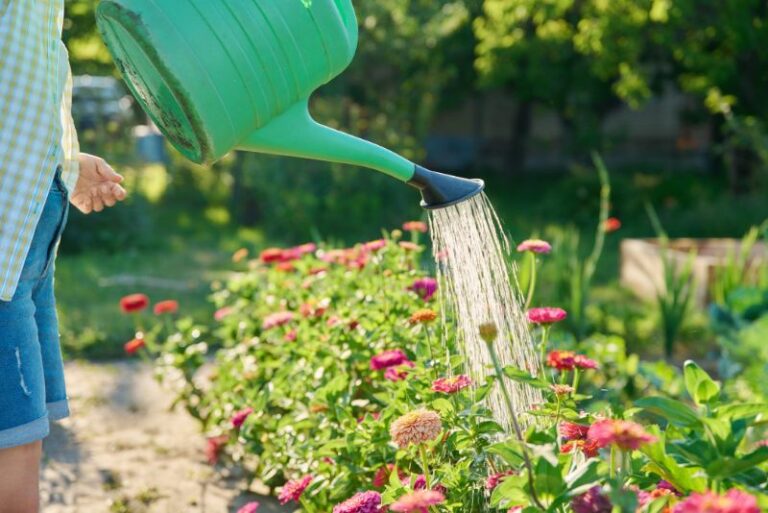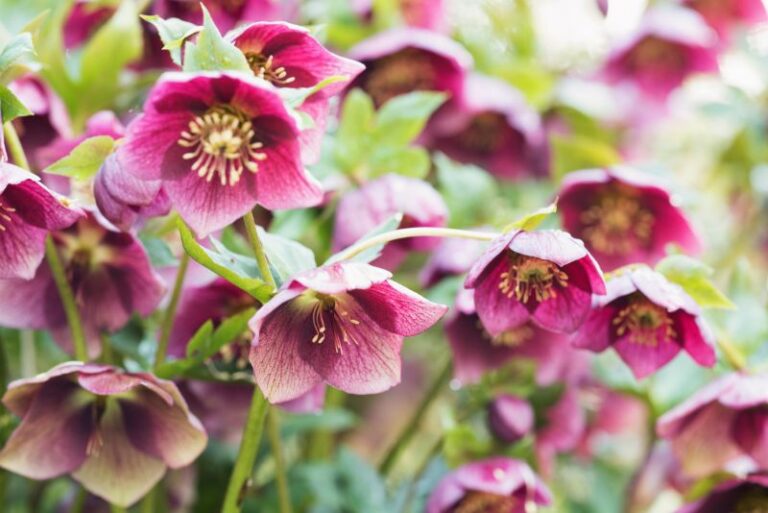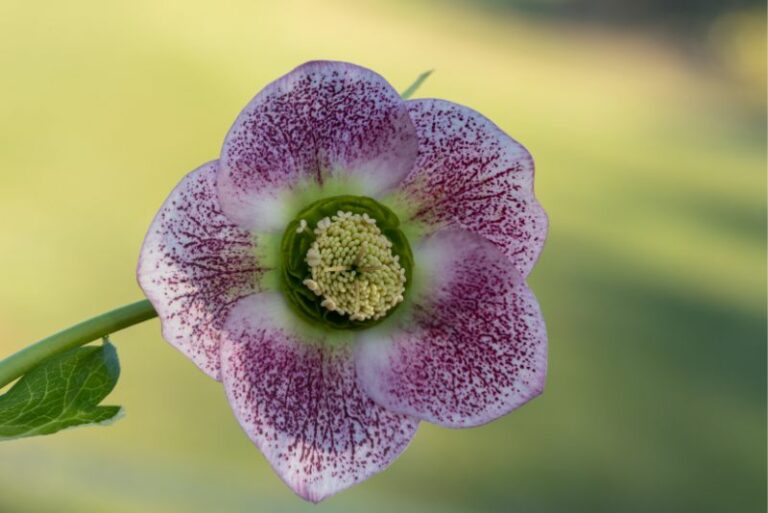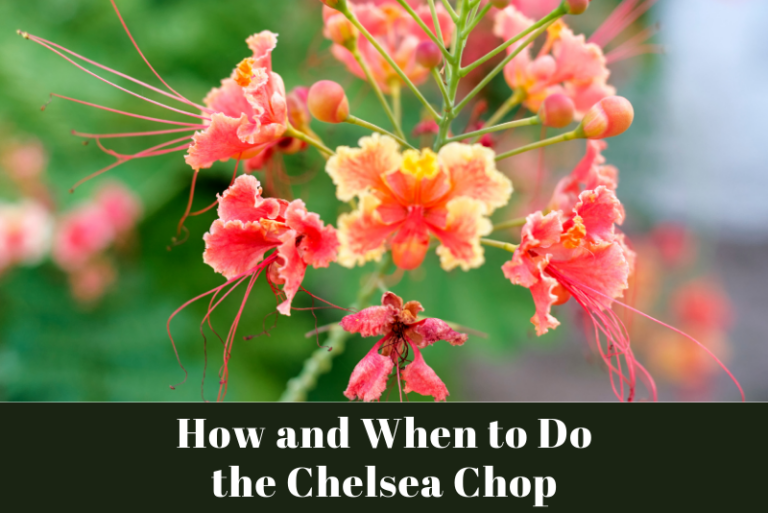Identifying and Treating Hellebore Diseases in Gardening
Hellebores, with their elegant, downward-facing blooms, are beloved by gardening enthusiasts for their early flowering and shade-tolerant nature. As hardy as they are pretty, Hellebores can still succumb to various diseases, which can devastate a garden if left unchecked. In this comprehensive guide, we will explore how to identify common Hellebore diseases, effective treatment and prevention strategies, and tips for maintaining the overall health of these cherished plants.
The Importance of Plant Health in Gardening
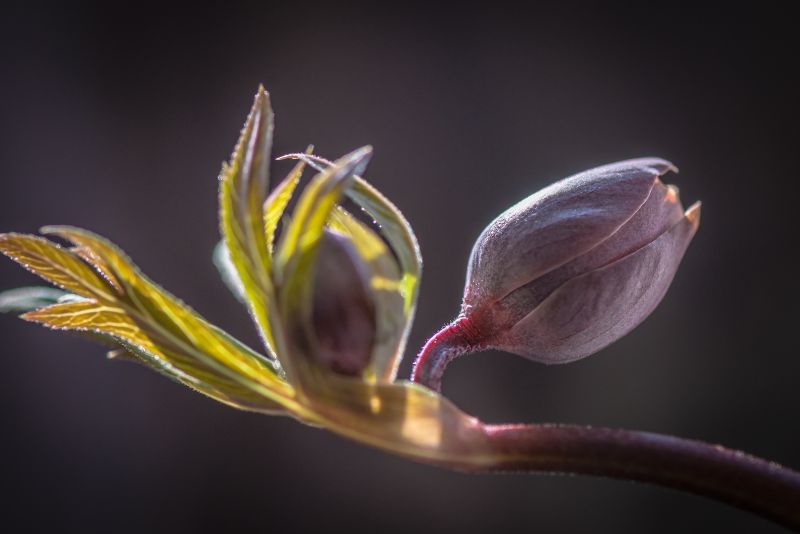
Gardening is as much an art as it is a science, and at its heart lies the wellness of the plants we cultivate. Healthy plants are beautiful, productive, and better able to withstand environmental stressors. Prioritizing plant health is key to reaping the full benefits of your gardening efforts, and understanding how to recognize and manage disease is a fundamental skill for any gardener.
Identifying Common Hellebore Diseases
Symptoms and Visual Cues
Hellebores can fall victim to several diseases, and early detection is vital for prompt treatment. Visual cues such as leaf spots, wilting, stunted growth, or unusual colorations can signal an underlying issue. Leaf diseases often present as spots or discoloration, while root rot is more challenging to diagnose, exhibiting symptoms like poor growth and wilting. Flower diseases can show as browning, spotting, or deformed blooms.
Common Diseases Affecting Hellebores
Black Death is one of the most severe diseases, causing the blackening and sudden collapse of the entire plant. Another critical malady is Hellebore Leaf Spot, characterized by circular lesions with a dark-colored center that can spread and decimate leaves. Hellebore Mosaic Virus manifests with a mosaic pattern of light and dark green on the leaves due to chlorosis, and Crown Rot can occur from soil-borne pathogens and lead to plant death.
Treatment and Prevention Strategies
Organic Remedies and Treatments
For gardeners preferring a more natural approach, there are several effective organic treatments. Neem oil has been proven to combat fungal diseases in Hellebores without harming beneficial insects. Sulfur sprays can also be used as a fungicide, while compost tea applications bolster the plant’s natural defenses. Maintaining healthy soil is crucial, as it supports a robust immune system in plants and helps to fight off pathogens.
Proper Care Practices to Prevent Diseases
Prevention is often the best medicine, and many diseases can be avoided through proper care. Here are some preventative practices:
- Site Selection: Hellebores prefer well-draining soil and a sheltered spot. Choose a location with good air circulation to reduce the risk of fungal diseases.
- Watering Techniques: Water at the base of the plant in the morning to allow the foliage to dry during the day, which prevents the onset and spread of fungal diseases.
- Nutrient Management: Avoid over-fertilization, as this can lead to soft, succulent growth that is more susceptible to disease. Instead, apply a slow-release, balanced fertilizer.
Tips for Maintaining Healthy Hellebores
Soil Management and Watering Techniques
Hellebores thrive in a slightly acidic, well-draining soil enriched with organic matter. Regularly test your soil’s pH and amend as necessary. Mulching with shredded leaves or composted pine bark helps retain moisture and regulate soil temperature, which contributes to overall plant health. Hellebores are relatively drought-tolerant once established, but consistent watering, especially in dry spells, is essential to prevent stress.
Pruning and Maintenance Tips
Regular maintenance, including pruning and deadheading, not only keeps your garden tidy but also allows for better air circulation and can prevent the spread of diseases. Remove any diseased tissue promptly, and always disinfect your tools after each cut to avoid contamination. Inspect your Hellebores regularly, not just during flowering, and take responsive action at the first sign of trouble.
Conclusion
Hellebores are resilient plants that can live and bloom for many years. However, their longevity and charm are only possible with vigilant care and attention to their unique needs. By mastering the identification of common Hellebore diseases and committing to a cycle of preventive and responsive measures, you can ensure that your Hellebores remain a highlight in your garden year after year. Remember, early detection and a proactive approach are your most potent allies in the fight for your plant’s health.

